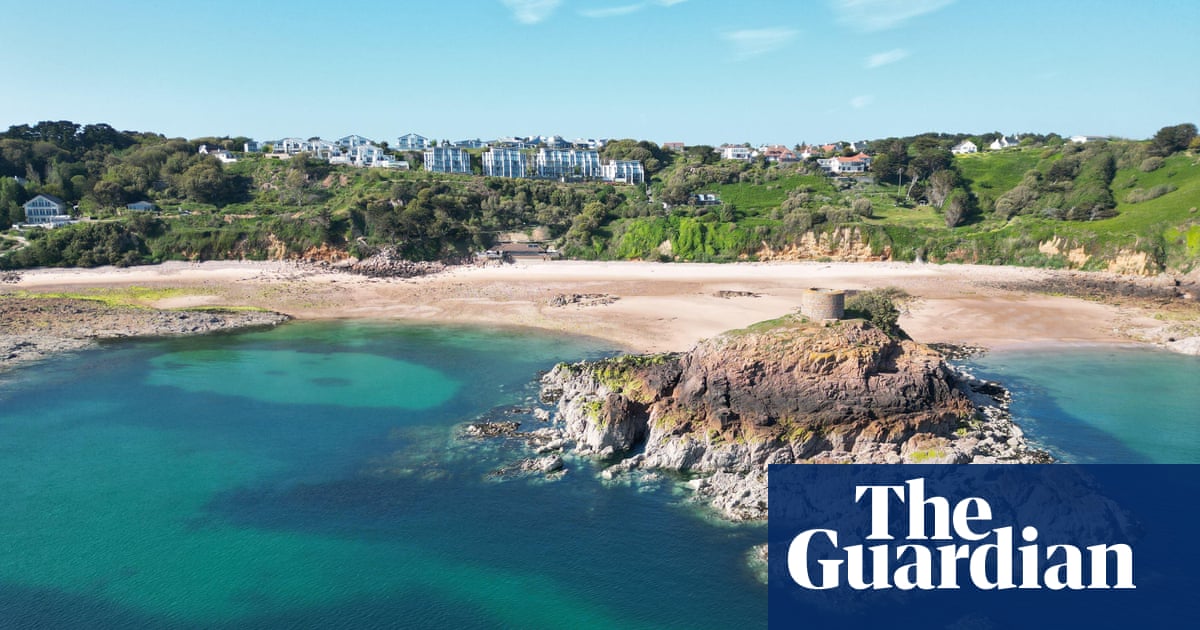The steps down from the clifftop were many and steep, but Portelet Bay, on Jersey’s south coast, was worth each one. The tide was out and a tentacle of rose-gold sand sliced the beach into two smooth curves, leashing tiny Ile au Guerdain to the land – for now; soon the leviathan tide would turn, making this tower-topped mound an island again.
I stuck a tentative toe into the water and squealed. The water’s sparkle belied the fact this was the brisk Channel and not, as it appeared, the Aegean. But I plunged in anyway, and surfaced just as – out of nowhere – the Red Arrows swooped by.
I had deliberated long and hard over which beach to visit on my last day in Jersey, before taking a ferry on to Guernsey. I was happy with my choice. In fact, I was happy with all my choices. It was early summer and I had fancied that most summery of trips – island-hopping. But I didn’t want to travel too far. So, rather than jetting to far-flung parts, I caught ferries around the Channel Islands instead, hoping for a similar castaway feel without the flying, but still with a smidgen of “foreign”. Closer to France than England, the bailiwicks of Jersey and Guernsey have a Gallic air, with placenames derived from Norman French.
My adventure began in Portsmouth, from where the Commodore Clipper slowly chugs to Jersey. There are faster boats but this overnight sailing seemed the most efficient: board for dinner and dock by breakfast, ready to explore. Using a mix of coastal-path walks, hire bikes and the buses that fan out from capital St Helier meant no car was required.
Over my four-day stay, I focused on Jersey’s edges, which are variously sandy, dreamy, dramatic, history-laden and superbly strange. They are also protected. In 2011, after a groundswell of protest against insensitive developments, Jersey national park was formed, encompassing most of the island’s coast. It covers, for example, the entire three-mile length of westerly St Ouen’s Bay, where I sat on the German-built sea wall – one of many remnants of the island’s second world war occupation – watching surfers ride the waves.
It includes east coast Archirondel, where I scoffed seafood caught by the owners of the lovely Driftwood Cafe. And it includes Plémont, in the far north-west, where a mistimed visit meant I found arguably the island’s most beautiful bay devoured by the…
Click Here to Read the Full Original Article at Travel | The Guardian…
